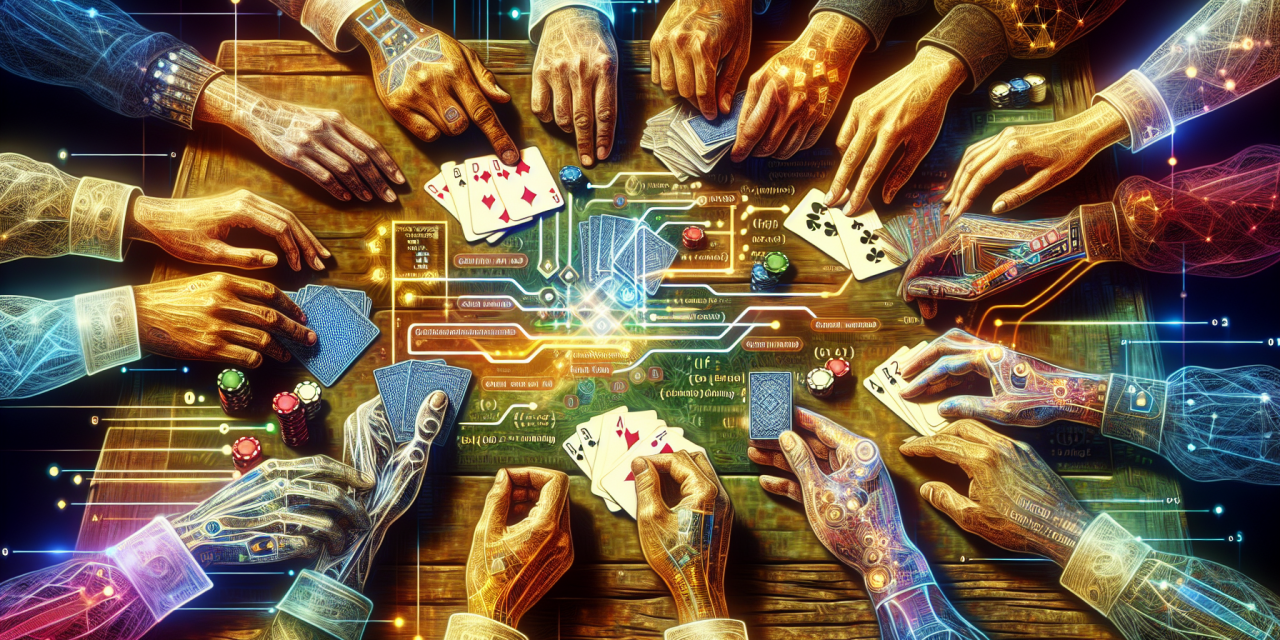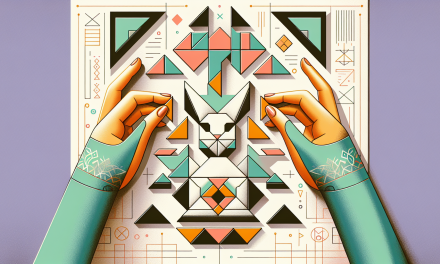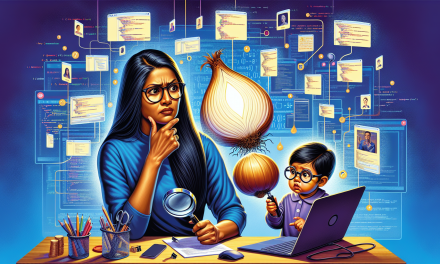Shuffle the deck. Deal the cards. Check your hand. Make your move. These simple actions hide a world of computational thinking that’s been entertaining humans for centuries. Every time you play a card game, you’re actually practicing the same logical patterns that power modern software, from Netflix recommendations to GPS navigation.
Card games aren’t just entertainment—they’re miniature logic puzzles that train your brain to think like a coder. When you hold five cards and decide whether to fold or bet in poker, you’re running probability calculations. When you reveal the ace that completes your solitaire sequence, you’re following conditional logic. And when you shuffle those 52 cards into a random order, you’re executing an algorithm.
The Hidden Algorithms in Your Hand
Let’s start with something you’ve probably done thousands of times: shuffling cards. What feels like a simple physical action is actually a surprisingly sophisticated algorithm. Think about what happens when you riffle shuffle—you split the deck roughly in half, then interleave the cards from each pile. Computer scientists have studied this exact process and discovered it takes about seven shuffles to properly randomize a standard deck.
Here’s how a computer might think about shuffling cards:
If deck has more than one card, then:
Split deck into two piles
Hold one pile in each hand
Drop cards alternately from each pile to create new stack
Repeat entire process 7 times
Otherwise:
Deck is already shuffled (only one card!)
Notice that “If…then…otherwise” structure? That’s conditional logic in action—the same thinking pattern you’ll find in every piece of software ever written. Your brain automatically uses these logical branches when you play cards, even if you don’t realize it.
Probability: Your Secret Gaming Superpower
Card games are probability playgrounds. Every time you peek at your hand in poker, you’re unconsciously calculating odds. With 52 cards in a standard deck, you know there are only four aces total. If you’re holding one ace and can see one more on the table, you know there are only two aces left among the remaining 45 unseen cards.
This is exactly how coders think about uncertainty in digital systems. When Netflix suggests a movie you might like, it’s running probability calculations based on what you’ve watched before. When your GPS reroutes you around traffic, it’s weighing the probability that different routes will be faster.
Consider this solitaire scenario: you have a choice between moving a red seven onto a black eight, or keeping it available to place on a black eight that might appear later. How do you decide? Your brain quickly estimates: “How likely am I to draw a black eight soon?” This mental calculation mirrors how recommendation algorithms work—they’re constantly weighing probabilities to make the best choice with incomplete information.
Bridge: A Masterclass in Conditional Thinking
Bridge players are natural coders, though they might not realize it. Every bid follows strict conditional logic: “If I have 12-14 high card points and a balanced hand, then I open one no-trump.” These are the same “if-then” statements that form the backbone of computer programs.
Watch experienced bridge players communicate through their bidding sequence. They’re essentially writing code together—a series of logical statements that convey information about their hands. “If partner bids two hearts after my one club opener, then they have at least five hearts and 10+ points.” This chain of conditional logic would look remarkably familiar to any programmer.
The beauty lies in how these rules create emergent complexity. Simple if-then statements combine to create sophisticated strategy. This is exactly how large software systems work—thousands of basic logical decisions combine to produce complex behavior, whether that’s managing your bank account or controlling a Mars rover.
Writing Pseudocode for Card Games
Let’s practice thinking like a coder by writing pseudocode for a simple scoring system. Imagine we’re creating a program to score hands in a basic card game where face cards are worth 10 points, aces are worth 1, and number cards are worth their face value:
For each card in player’s hand:
If card is Jack, Queen, or King, then:
Add 10 to score
Else if card is Ace, then:
Add 1 to score
Else:
Add card’s number value to score
Display total score
This pseudocode captures the logical structure without worrying about specific programming syntax. It’s like writing a recipe that any chef could follow, regardless of their kitchen setup. The important part is breaking down the problem into clear, logical steps that handle every possible case.
The Poker Face of Probability
Poker offers perhaps the richest example of computational thinking in card games. Professional poker players think like data scientists—they track patterns, calculate odds, and make decisions based on incomplete information. They’re running complex probability models in their heads, weighing pot odds against the likelihood of drawing needed cards.
Consider what happens when you’re deciding whether to call a bet with a flush draw (four cards of the same suit, needing one more). You mentally calculate: nine cards in the deck could complete your flush, and you’ve seen five cards total. That’s nine winning cards out of 47 unknown cards—roughly 19% chance. If the pot is offering you better than 4-to-1 odds, the call makes mathematical sense.
This is identical to how machine learning algorithms make decisions under uncertainty. They don’t know the “right” answer, but they can calculate probabilities and choose the action most likely to succeed. Your intuitive poker calculations follow the same logical framework that powers artificial intelligence.
From Cards to Code: Why This Matters
Understanding that card games are fundamentally algorithmic helps demystify programming. When you realize you’re already comfortable with conditional logic (“If they bet big, then they probably have a strong hand”), probability calculations (“I’m likely to draw a helpful card within three turns”), and systematic thinking (“I need to track which cards have been played”), coding becomes less intimidating.
Every time you make a decision in a card game, you’re following the same logical patterns that programmers use to solve complex problems. You assess the current state, consider possible outcomes, and choose an action based on logical rules. The main difference is that computers need these logical steps written out explicitly, while your brain handles much of the process intuitively.
Card games teach us that complex systems emerge from simple rules consistently applied. This insight—that sophisticated behavior can arise from basic logical building blocks—is perhaps the most important concept in all of computer science. Whether you’re building a web application or analyzing data, you’re ultimately combining simple logical operations to achieve complex goals.
Next time you’re dealing cards with friends or family, remember: you’re not just playing a game. You’re practicing computational thinking, running probability calculations, and exercising the same logical muscles that power our digital world. Who knows? Your next brilliant strategic move at the card table might just inspire your next breakthrough in code.








